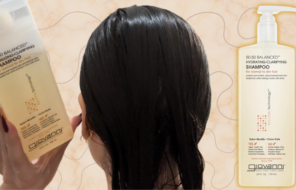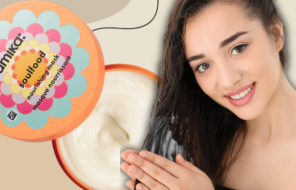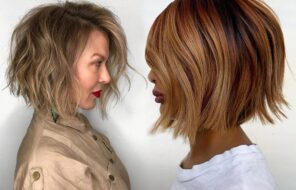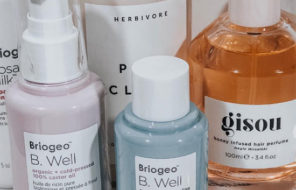Brushing your hair is a daily task that we include beneath the umbrella of “getting ready” but that isn’t the long or short of it. I mean, you know how to brush your hair right? But, it turns out, it isn’t as simple as running any hair brush that you like through your hair. Honestly, hair brushes are similar to makeup brushes in that each type has a specific job. Using the wrong hair brush may or may not get the job done and it will be a struggle with a few unsavory elements. In this article, you’ll find out what different types of hair brushes get which results, and which are best for your hair type.
In this article:
- Common Hair Brush Types
- How to Choose the Best Hair Brush for Your Hair Type
- The Right Way to Brush Your Hair and Detangle Without Any Damage
Common Hair Brush Types
There are more than a dozen types of hair brush available including ones that feature a tiny comb on one end and a micro boar bristle brush on the other end. For this section we will focus on the most common and effective types of hair brushes and how they work.
These brushes are the ones that are used most often and will likely be the hair brushes you are used to seeing, even if you only find yourself buying one. When trying to find the best hair brush for yourself, you may realize that you need more than one of the ones you’ll find below.
Round Hair Brush
A round hair brush is one of the most easily recognizable brushes around. The cylindrical shape is surrounded by bristles that work best to create a salon-quality blowout.
While it works for all hair types, the round hair brush is ideal for medium and thick hair. The body of the brush is typically either wood, metal or an ionic barrel. The surrounding bristles are designed to help tame frizz, and the best ones have a combination of natural boar and nylon bristles.
It is important to note that for fine hair, it is better to use a round hair brush with a wooden barrel, as the ionic or metal barrels are more likely to cause heat damage on fine hair.
The bristle options, barrel sizes (larger barrels are for longer hair) and materials used can vary, so make certain to choose based on your hair thickness and type for the best results. The bottom line is that if you want a voluminous blowout, a barrel brush is the tool to use.
Vented Hair Brush
Even though this hair brush works on all hair types, for thicker hair being blown out, it is best to use a vented brush. A vented brush allows more air to pass over the strands allowing it to dry more quickly. This makes it ideal for thick locks to dry in a reasonable amount of time without the dreaded damp spots that can ruin what was intended to be a sleek look.
Detangle your hair first, then use the vented brush to brush from root to tip with the blow dryer sandwiching your hair between the brush and the warm air.
Paddle Brush
Paddle brushes are designed to be used on all hair types and feature a flat, rectangular shape. The point is to be able to detangle large sections of hair at a time, but many people still use this tool the wrong way.
No matter what length your hair is, a paddle brush is a good option to make sure you are able to detangle it. But please, for the love of your hair, detangle from the tips to the roots in manageable sections, not by forcing the brush through your hair from the roots down.

Looper Brush
If you are into wigs or hair extensions, a looper brush is an ideal tool for you. The bristles are actually loops that don’t catch onto the wefts of your wigs or extensions.
Anyone who has ever snagged the roots of their wigs knows the horror that any other type of hair brush can inflict on the wigs unless you are immensely careful. The looper brush doesn’t inflict damage and it doesn’t pull, which keeps your extensions or wig intact.
Boar Bristle Brush
Boar bristle brushes are designed to evenly distribute the natural oils throughout your hair, promoting high shine. Boar bristle brushes actually come in a variety of styles, as it is more about the sleek shininess produced by the bristles reflecting in all of the hair brushes that use them. In most cases, the general term “boar bristle brush” typically refers to an oval or rectangular-shaped hair brush used as an all-around styling tool for your hair.
Detangling Brushes
This is one of the most important and underrated types of hair brush available. Breakage, pulling, tangles all of these headaches are virtually eliminated with the right type of detangling brush. These are especially important for women with very curly and natural hair of all types.
Detangling brushes feature staggered length, plastic bristles that when used properly, virtually eliminate tangles with no yanking or stress to your hair. Just start from the ends, in workable sections of course, and work your way up to the root. Quick, easy and effective!
Teaser Brush
The design of a teaser brush is meant to add volume and the illusion of fullness to your hair. With a teaser brush (especially one with a pointed handle) you can create a firm base to clip in extensions. The bristles are set to help tease the hair at the roots though it isn’t an ideal option for fragile hair.
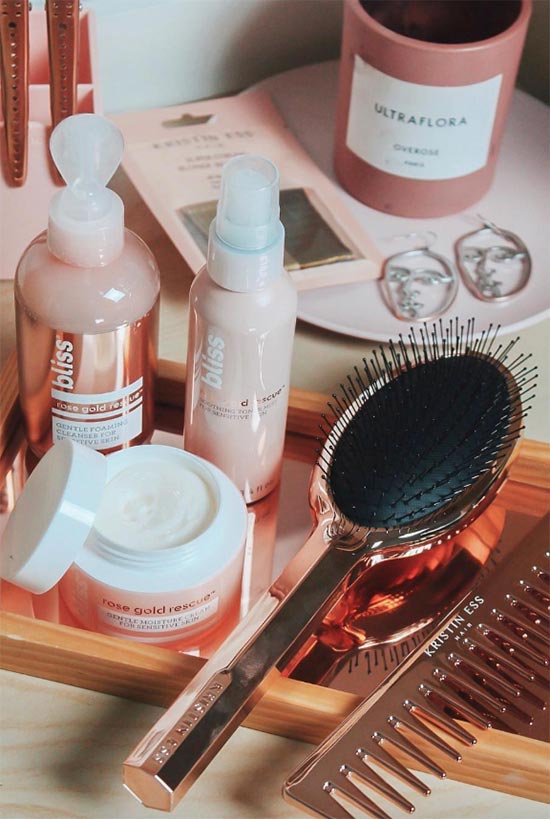
How to Choose the Best Hair Brush for Your Hair Type
Though choosing the right hair brush may seem daunting, there is one fact that might help make it easier: you will need more than one brush.
Make one of them either a boar bristle brush or a combination natural boar/ nylon bristle brush. If you have fine hair, this brush will help give you more volume. If you have thick hair, it will help distribute oils more evenly for shinier, healthier hair. If you have curly hair that you intend to brush up in to a ponytail or bun, it will smooth and shine as you pull your hair back.
It is a great hair brush but it won’t do everything you need all by itself. Your process and typical styling choices will dictate your other hair brushes.
Truthfully, choosing the best hair brush for your hair type is all about choosing a haircare product that works for you. Don’t forget to focus on texture. The rules for hair care vary, and the biggest predictor of what is needed is the texture first.
Curly hair doesn’t react the same way straight hair does, whether it is thick or fine, long or short. So, first thing to ask yourself is if your hair is curly, straight or wavy. If you have a definitive curl pattern, whether those curls are tight, kinky, coily or loose, you have curly hair.
So, which is the best hair brush for your hair type?
Best Hair Brush for Fine Hair
Your best hair brush is one that promotes volume and even distribution of healthy oils from your scalp, which will help to condition and protect your hair naturally. The magical hair brush for fine hair is one with natural boar bristles.
While this type of brush also works on other hair types, it does fantastic things for your type of hair which can be damaged with other types of hair brushes. Snagging and burning (which can happen when you use metal barrel brushes regardless of the bristle type) and tearing are all things that happen more frequently with other types of brushes.
A wooden brush with boar bristles and a rubber base will glide smoothly through your hair, reducing frizz, promoting shine and protecting your hair.
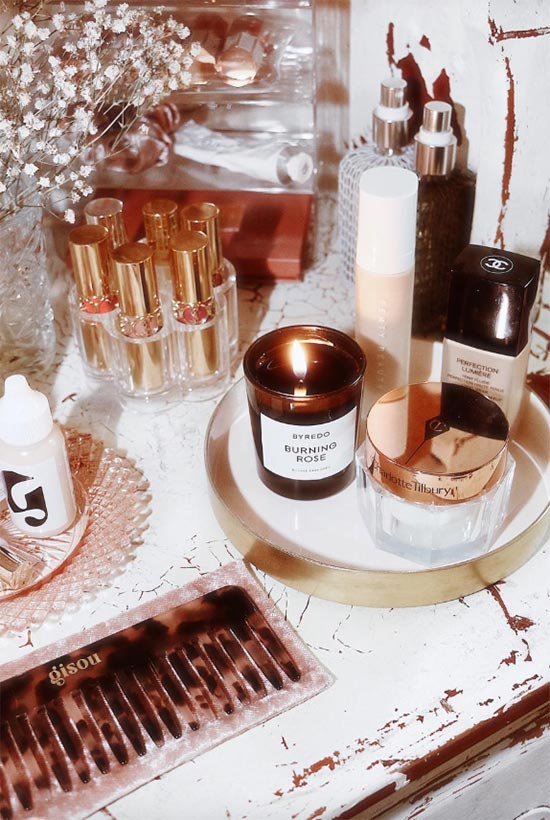
Best Hair Brush for Long Hair
The best brush for long hair is the paddle brush. A good paddle brush works on wet and dry hair equally to spread out your natural oils from roots to tips for healthier hair. The strain of styling long hair can really tire out your arms, but the right paddle brush can seriously help you out. The paddle brush will be a long-haired girl’s best friend.
Best Hair Brush for Short Hair
Those with short hair should go for a simple plastic vented brush, which is great for both simply brushing your hair and styling it while blow-drying. Make sure to choose one with knobbed bristles, which also make excellent hair brushes for those with scalp sensitivities.
Best Hair Brush for Thick Hair
The best hair brushes for medium to very thick hair will have nylon bristles. These are versatile and flexible, which will bend to work with your hair rather than trying to force through tangles and knots.
Nylon bristle hair brushes will more evenly distribute product throughout your hair and help you achieve your final looks with less effort. When you dry your hair, a large, vented paddle brush will greatly reduce your drying time and promote sleekness.
Unlike finer hair, thicker hair can handle a metal or ionic round brush. These will help you better set your hairstyle, though overuse can still cause damage. Make certain to use a thermal protectant and not to overuse these hair brushes and you are good to go. It is important to also remember to keep the brush and dryer moving and maintain tension.
Best Hair Brush for Curly Hair
A mixed bristle brush, one that is boar and nylon bristle will keep your curls shiny and promote volume in your hair. The better spaced out the bristles are, the better this brush will treat your curls.
This hair brush is best used while your hair still has some slip, so use it right out the shower to get the best results. This is especially good if your hair is prone to frizziness. Make sure you work from the bottom up and get to the point where you can brush from your roots to your tips unimpeded.

The thicker and longer your curly hair is, the larger your mixed bristle brush should be. If you intend to style your hair with heat, your mixed bristle brush will still be a fantastic help, but you can get a mixed bristle paddle brush as your everyday brush as well.
Reduced frizz, shiny, manageable hair can be achieved with this brush whether it is an oval, paddle or rectangular brush, as the magic is in the bristles.
Best Hair Brush for Natural Hair
Most curly hair textures and naturals don’t need to use a brush in the same manner others do – it just messes up your curls, but a detangling brush and a denman brush are essentials for detangling and styling that work with your curls rather than against them.
Because of the stress of detangling and the proclivity for single-strand knots, your first choice should be a detangler brush like the Tangle Teezer. The staggered lengths of the plastic bristles help detangle and work through hair perfectly.
Your second brush, the denman brush works similarly but the rubber base reduces friction and you can work through longer and thicker sections of hair, even when dried.
Your third brush, a boar bristle or combination boar and nylon bristle brush is important, as it is very difficult for the natural oils from your scalp to travel the full length of your hair strands.
Special note: natural hair cannot be detangled dry. Your hair should be detangled with water and conditioner section by section. The slip of the conditioner will allow for the detangling to be more efficient and less traumatic.
The Right Way to Brush Your Hair and Detangle Without Any Damage
Detangling seems like a pretty straightforward step – you brush out the tangles and you’re good to go, right? As with anything the right technique is a necessity, and when it comes to detangling your hair, the correct technique will save you arm strain, scalp pain, damage and give you consistently beautiful hair.
The first thing is to choose the best hair brush for detangling, which you should have an idea of now.
- For natural hair, your technique is different. You shouldn’t detangle your hair when it is dry. The best way to prevent breakage is to detangle damp hair with hair oil or leave-in conditioner or even better, detangle in the shower while using your conditioner to reduce friction and tangles. Regardless of the method you use, it is best to use your Tangle Teezer or denman brush. Depending on the density of your curls, curly hair can be detangled out of the shower while freshly damp using the same kind of hair brush.
- For everyone else, detangling while drying your hair or when your hair is dry is the way to go.
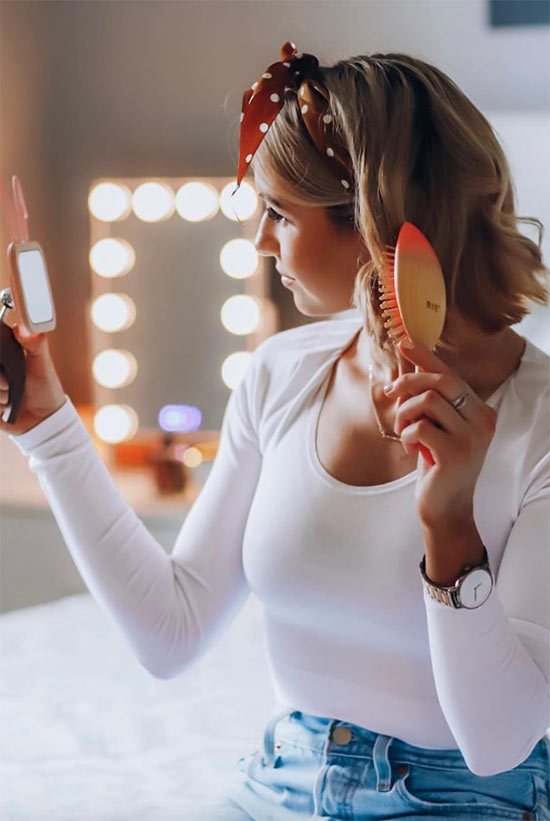
Here are a few other tips that will save you from pulling out your hair, both literally and figuratively.
- Use a clean hair brush. Dirty hair brushes redeposit old product, lint and dirt onto your hair. Washing your brushes is easy. Just remove any hair caught in the bristles of the brush, then run the brush under warm water and work shampoo into the bristles with your hands. Make sure to completely rinse your brush out and allow it to air-dry on a towel.
- Soften your boar bristles if you have fine hair. They are usually very stiff right out of the package. Just soak the brush in hot water for approximately 20 minutes, then run through the bristles on the edge of a counter.
- Brush from the ends of your hair up to the root. Working your way up allows the tangles to release better and damages your hair less. You’ll greatly reduce pulling, stretching and breakage to your hair this way.
- Don’t overbrush your hair. This is more likely to create stress on your strands as well as static. If you are trying to fight flyaways, put of few drops of hair oil on your hands and run it through your hair prior to brushing or even spritz your hair brush with a bit of hairspray prior to use.
- Don’t be afraid of a comb. Though it doesn’t seem like the article for this, if you fight tangles too hard with your paddle brush for example, you can stress your strands. Just use a detangling spray if you have fine hair, lotion for medium thick hair and a good cream or leave-in product for thick hair. Use a comb for tough spots (still working up from the tips) and your brush where you need to.
Photos via @worldofcolorx, Instagram


